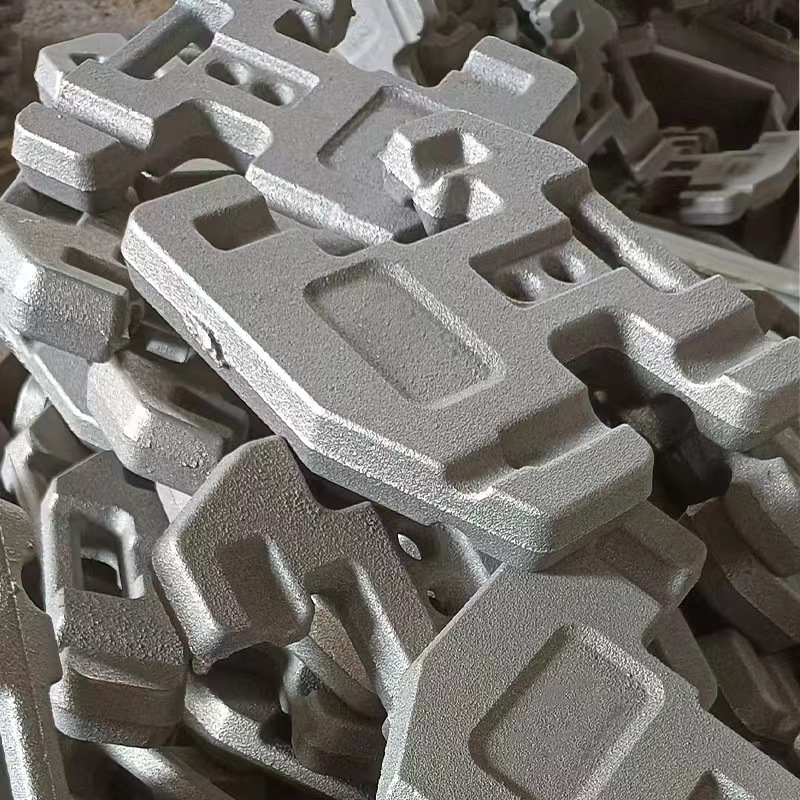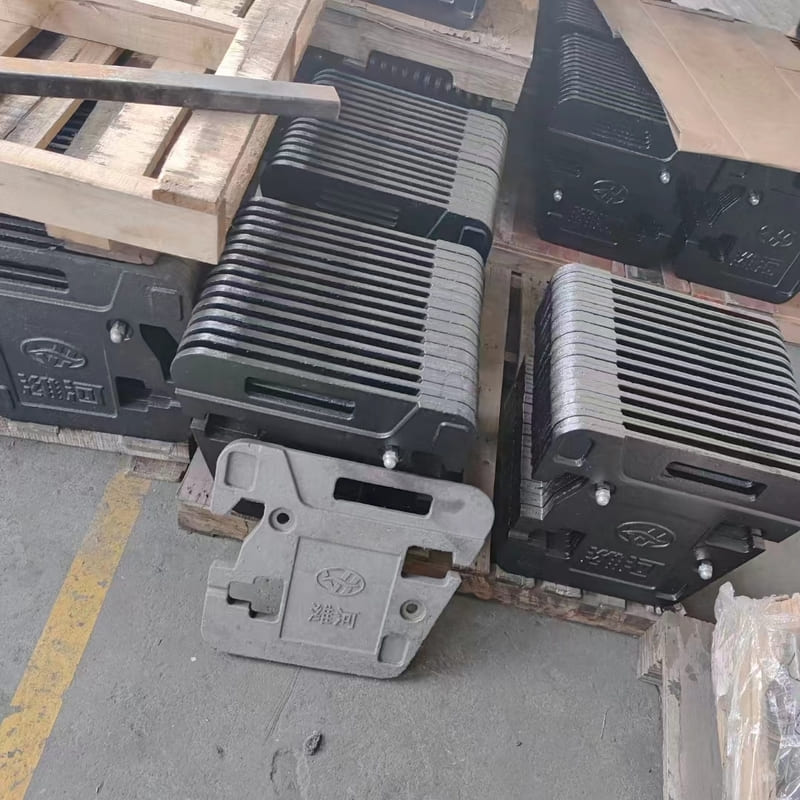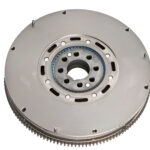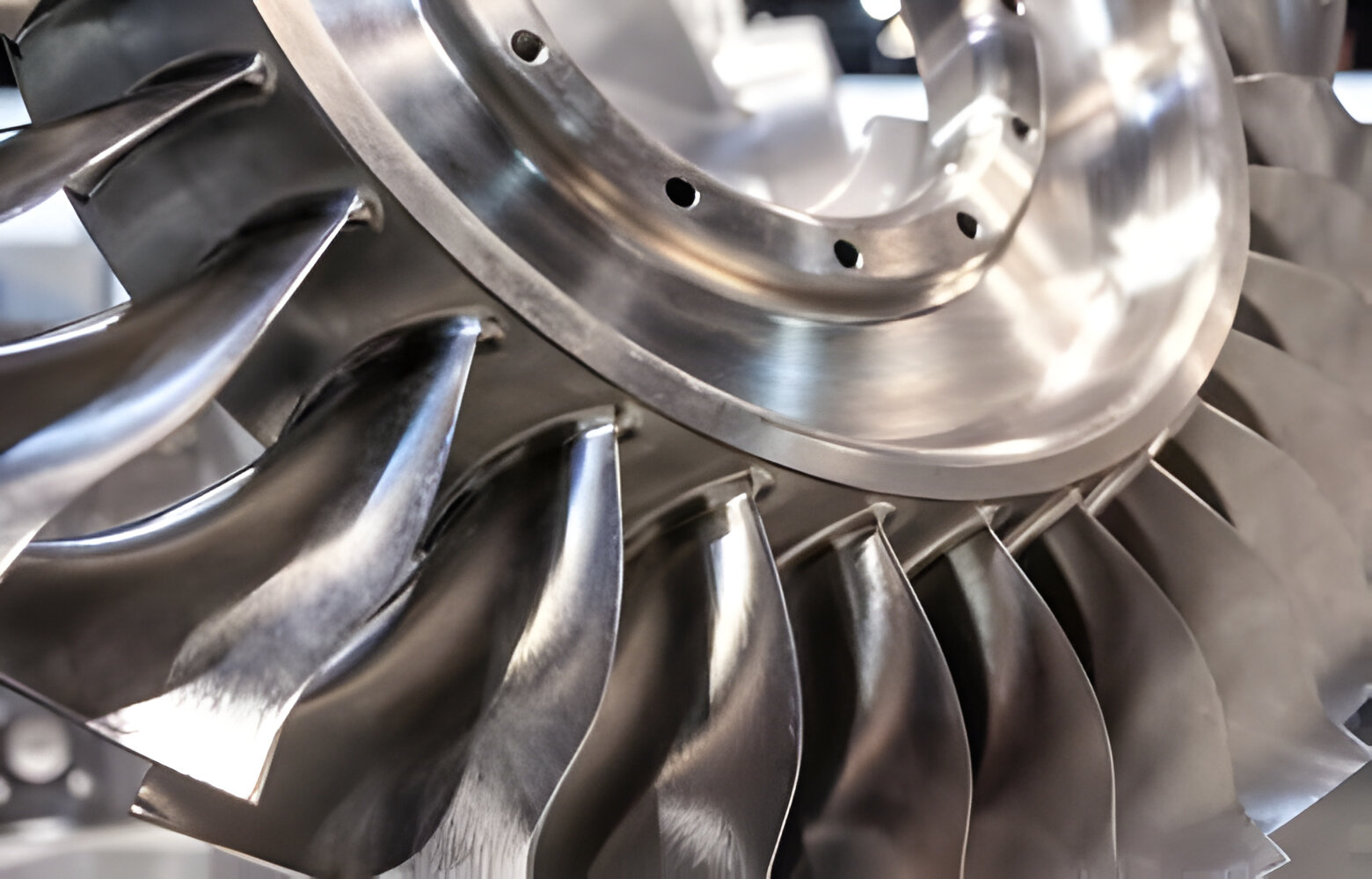Tractor counterweights are essential for maintaining stability and safety during lifting operations. While there are various counterweights available on the market, crafting your own can be a cost-effective solution that allows for customization. In this guide, we'll walk you through how to make a counterweight for your tractor, ensuring optimal performance without breaking the bank.
Understanding the Importance of Counterweights for Tractors
Before diving into the DIY process, it's crucial to understand why counterweights are necessary for tractors. Tractors, especially compact ones, can become unstable when lifting heavy loads with a crane attachment. Counterweights help balance the weight distribution, preventing the tractor from tipping over during lifting operations. By adding extra ballast, you enhance safety and ensure smooth crane performance.
Choosing the Right Materials for Your DIY Counterweight
The first step in making your own tractor counterweight is selecting the right materials. While there are various options available, concrete and steel are popular choices due to their weight and durability. You'll also need a mold to shape the counterweight. Consider the size and weight distribution requirements of your tractor when selecting materials to ensure optimal performance.
Building Your DIY Tractor Counterweight: Step-by-Step Guide
- Design the Counterweight: Begin by designing the shape and size of your counterweight based on your tractor's specifications. Take into account factors such as the lifting capacity and front-end weight distribution. You can use design software or sketch it out on paper before proceeding to the next step.
- Create the Mold: Once you have your design, it's time to create the mold for your counterweight. Depending on the material you've chosen, you can use wood, plastic, or metal to construct the mold. Ensure that the mold is sturdy and can withstand the weight of the material you'll be pouring into it.
- Pour the Material: With the mold prepared, it's time to pour the chosen material, whether it's concrete or molten steel, into the mold. Take care to fill the mold evenly and remove any air bubbles to ensure a solid counterweight.
- Allow for Curing: After pouring the material, allow it to cure according to the manufacturer's instructions. This typically involves letting the material set and harden for a specified period, ensuring that it reaches its maximum strength.
- Install the Counterweight: Once the counterweight has fully cured, it's ready to be installed on your tractor. Attach it securely to the front or rear of the tractor, depending on your specific needs and the lifting configuration of your crane attachment.
Contact KT Foundry for Custom Counterweight Solutions
While DIY counterweights can be a cost-effective option, for those seeking professional-grade solutions, KT Foundry offers a range of tractor counterweights to suit your needs. Whether you require front counterweights, suitcase weights, or ballast weights, our products are crafted with precision and durability in mind. Contact us today to explore our range and elevate the performance of your tractor crane operations.






